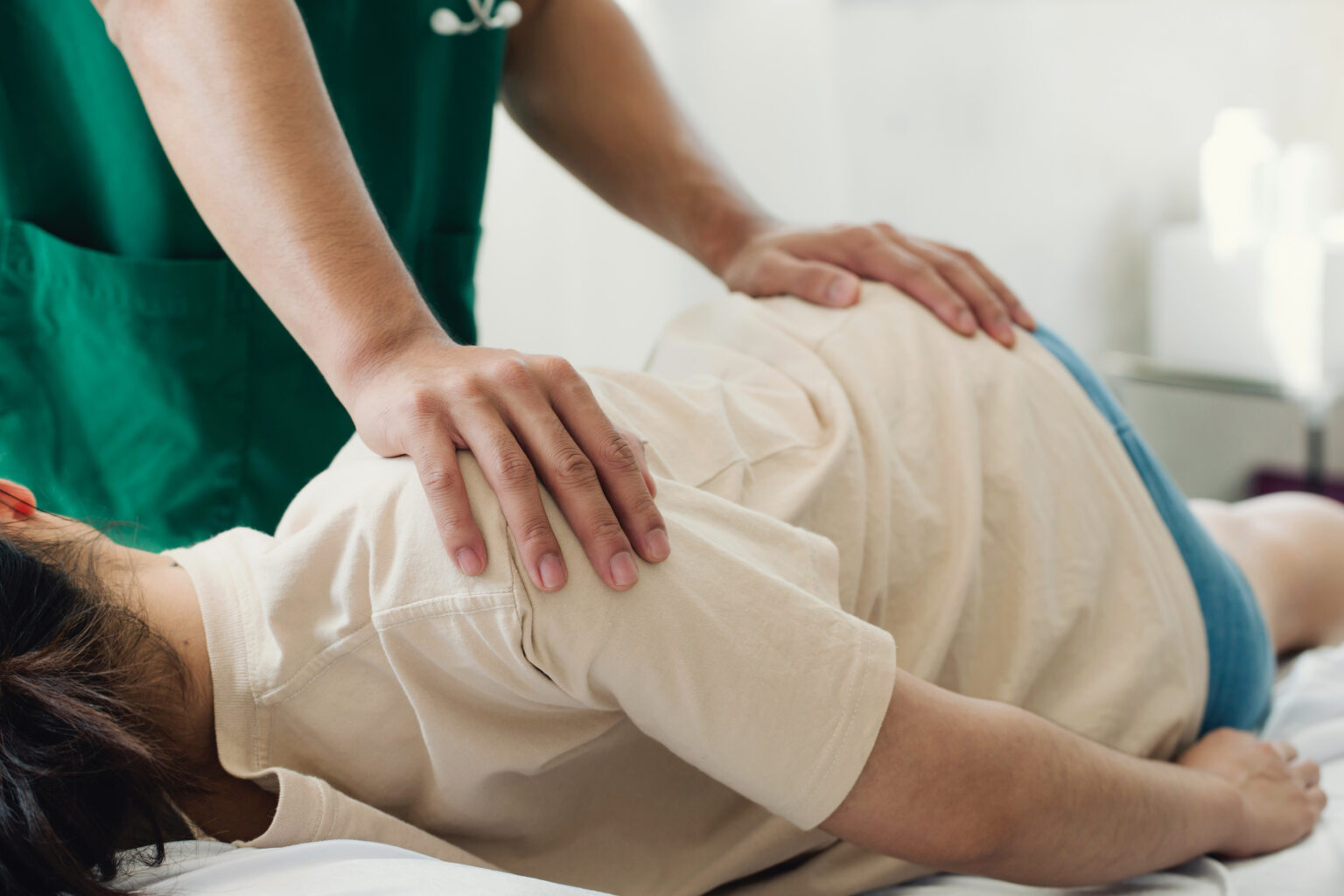
Sports Injury Physician
Sports injuries can be frustrating and disruptive, and often do require professional healthcare in order to have a safe journey to recovery. If you avoid seeking out skilled assistance with your injury, you could only prolong the ability in getting back to a day-to-day routine. Once you do find a trusted sports therapist to work with, such as a therapist at LeMoine Physical Therapy, you should also focus on the various ways to promote healing and recovery even outside of formal physical therapy sessions. There are additional measures you can take to support your body’s healing process. In this article, we will explore five ways to heal a sports injury alongside sports therapy.
Rest and Recovery
Rest is a fundamental component of the healing process. It allows your body time to repair damaged tissues and reduce inflammation. Depending on the severity of the injury, you may need to temporarily modify or completely avoid the activities that caused the injury. Give yourself adequate rest periods, avoid overexertion, and listen to your body’s signals. Proper rest and recovery help prevent further damage and promote faster healing.
Pain Management
Pain can be a significant hindrance to recovery, both physically and mentally. Effective pain management techniques can help alleviate discomfort and facilitate the healing process. Non-prescription pain relievers such as acetaminophen or non-steroidal anti-inflammatory drugs (NSAIDs) may provide temporary relief. However, it is important to consult with a healthcare professional to ensure the safe and appropriate use of these medications. Additionally, alternative pain management methods such as ice or heat therapy, massage, or transcutaneous electrical nerve stimulation (TENS) units may offer relief for specific injuries.
Proper Nutrition:
A well-balanced diet plays a crucial role in supporting the body’s healing process. Consuming a variety of nutrient-rich foods can provide the necessary building blocks for tissue repair, reduce inflammation, and support overall recovery. Focus on incorporating foods high in protein, vitamins, and minerals. Adequate hydration is also essential for maintaining healthy tissue and promoting healing. Consult with a registered dietitian or nutritionist to develop a personalized nutrition plan that aligns with your specific injury and recovery needs.
Active Rehabilitation Exercises
While physical therapy is typically conducted under the guidance of a professional, there are exercises you can perform at home to aid in your recovery. These exercises should be safe, appropriate for your injury, and designed to improve strength, flexibility, and mobility. Consult with your healthcare provider or a qualified exercise specialist to develop a customized exercise program. Emphasize gentle movements, stretching, and strengthening exercises that target the affected area without causing further harm. It is important to progress gradually and stop any exercise that causes pain or discomfort.

